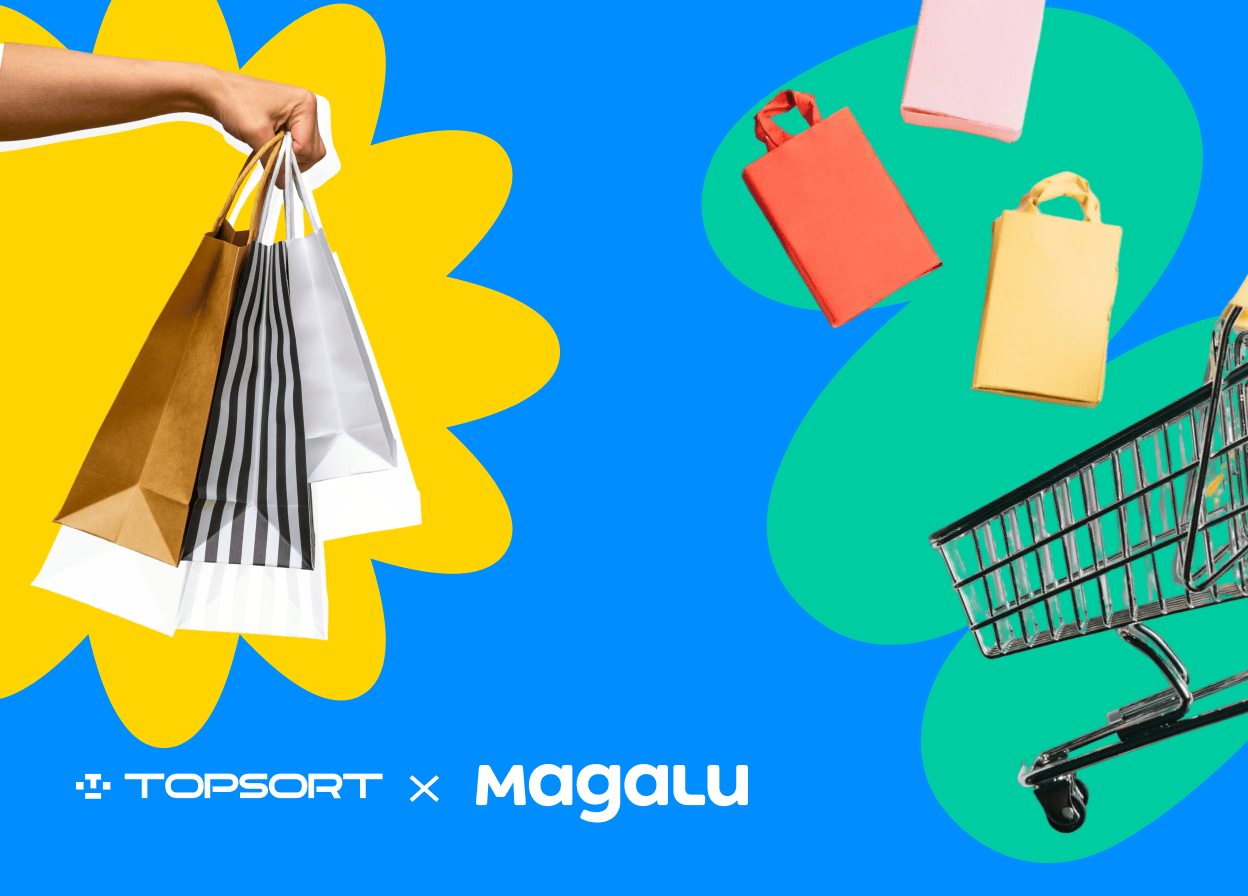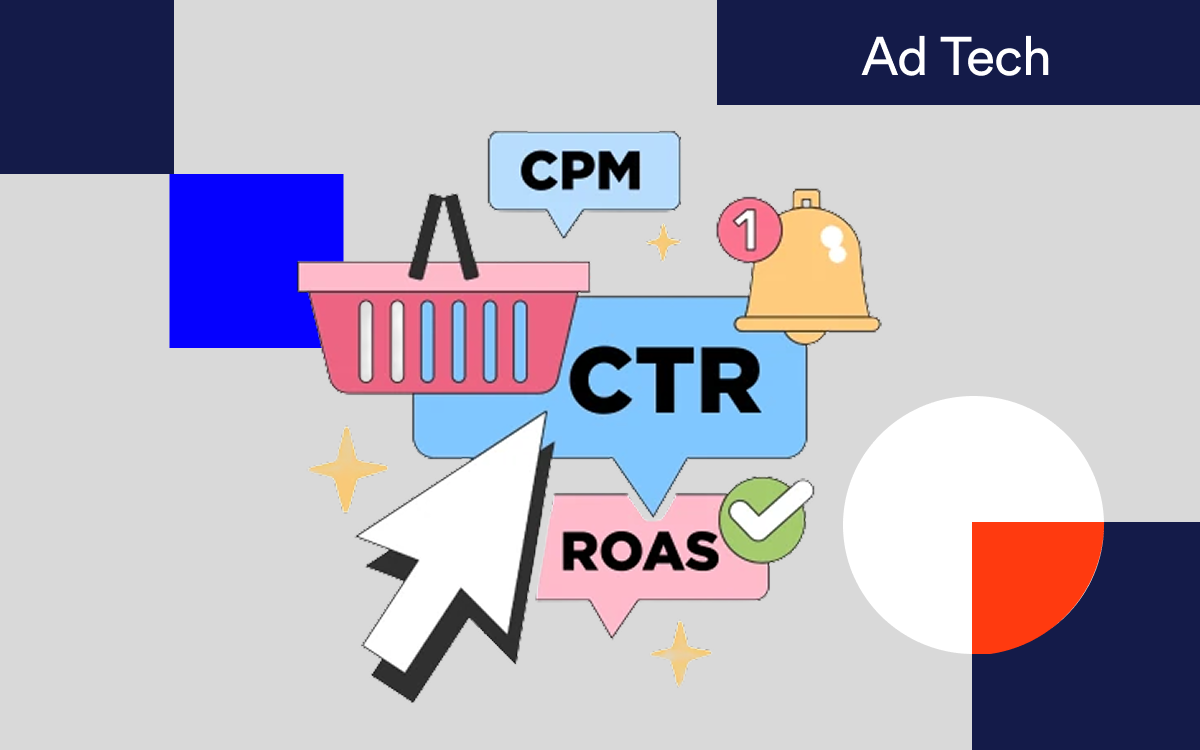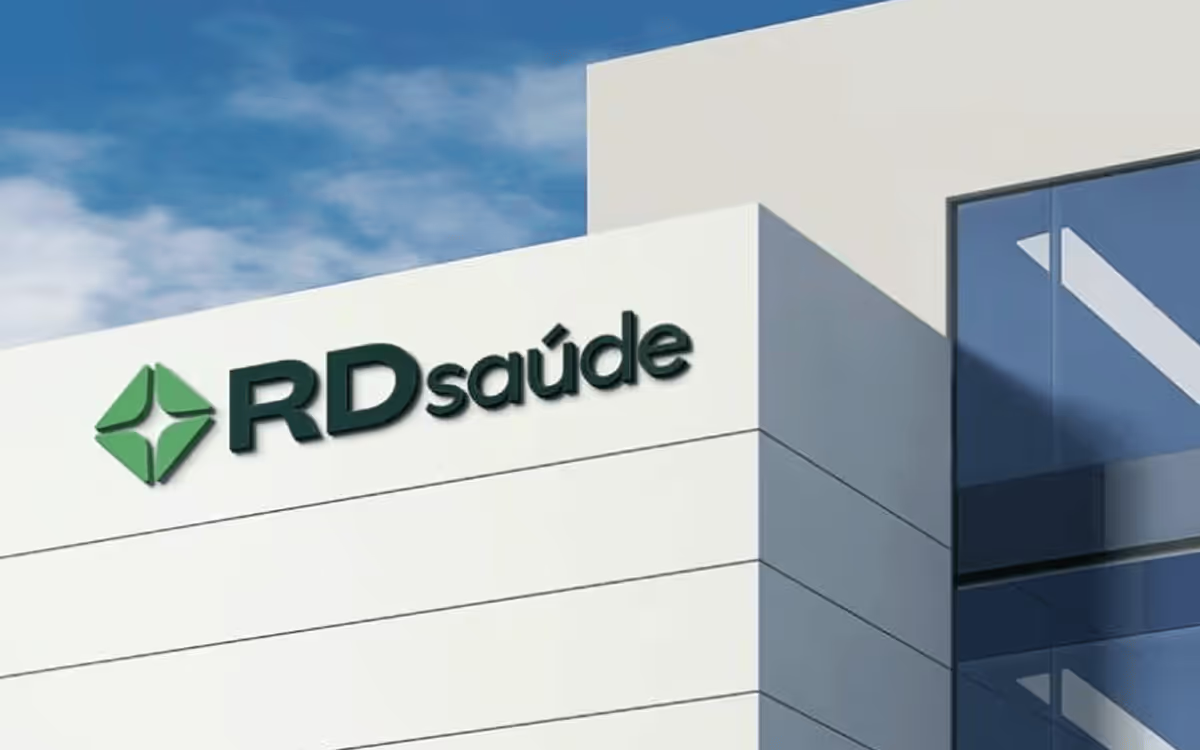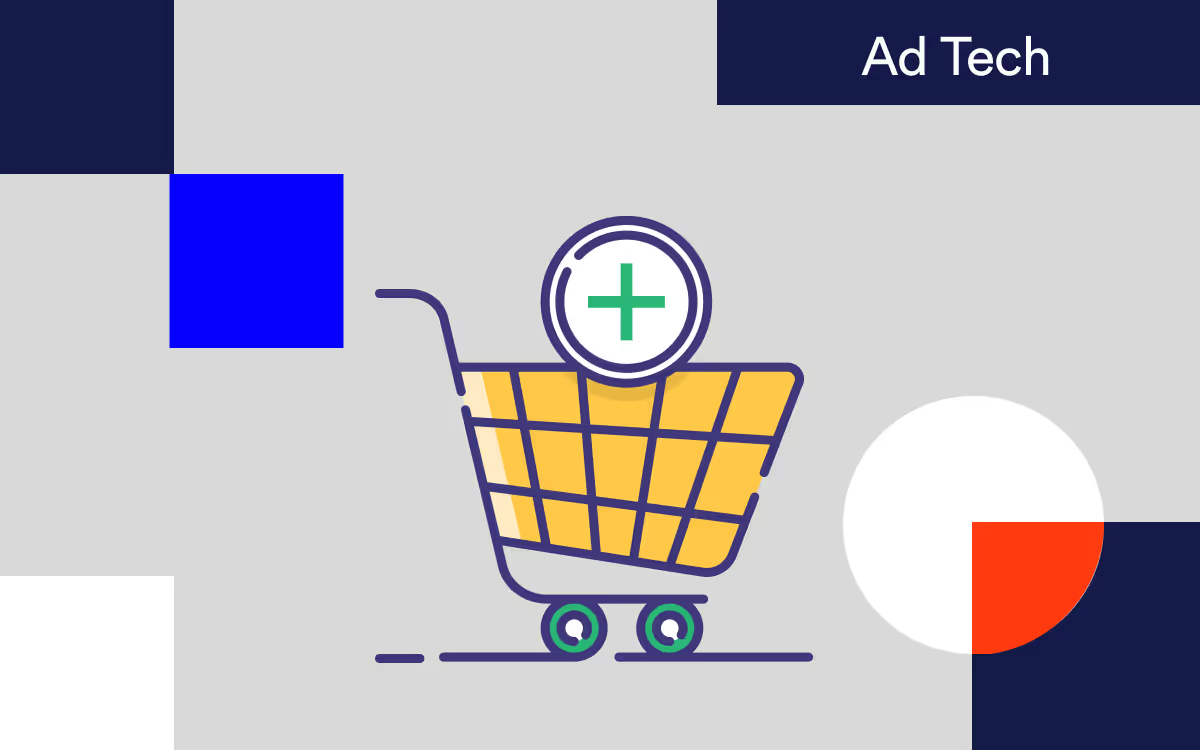Discover Insights and Strategies Shaping the Future of Retail Media
YOUR HUB FOR EVERYTHING RETAIL MEDIA
FEATURED RESOURCES
CASE STUDIES
Find Success Stories
From Companies Like Yours
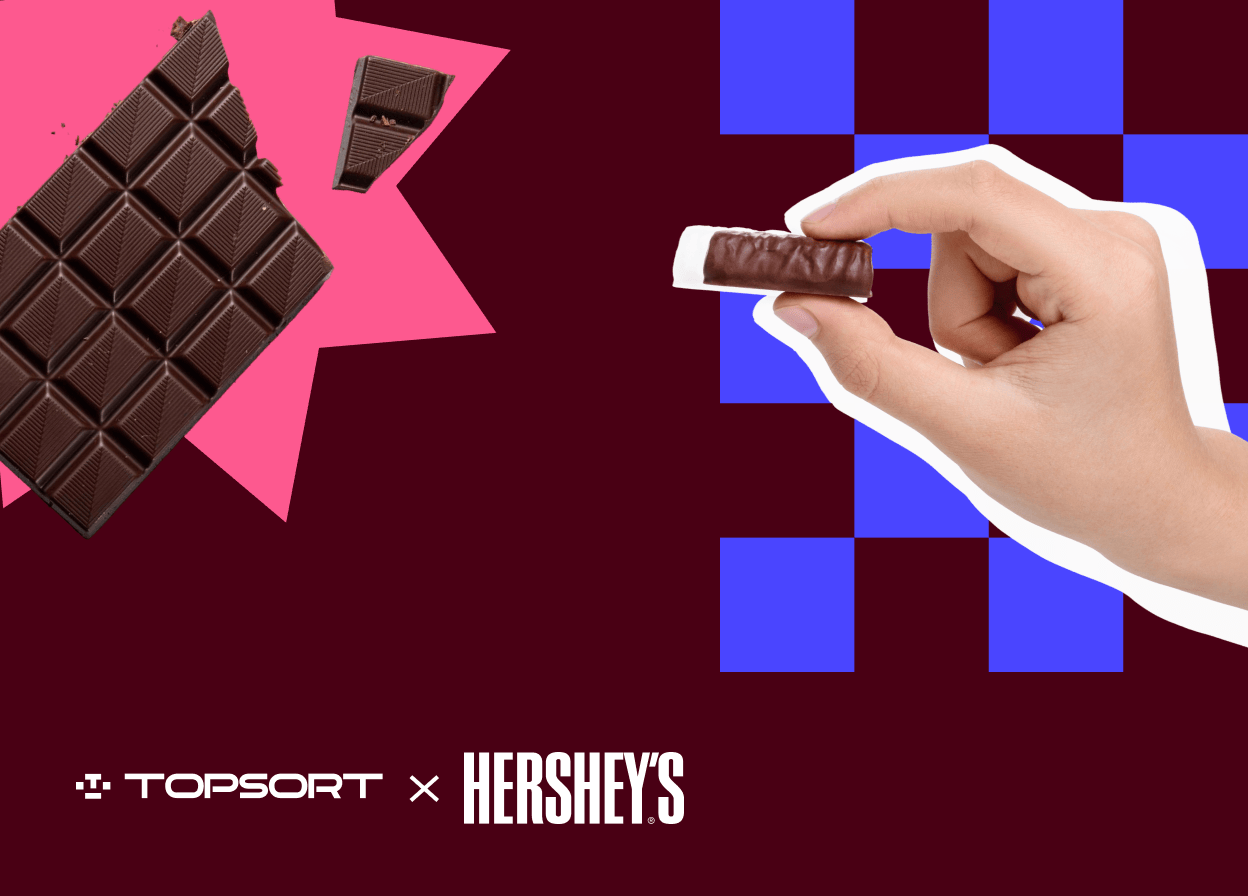
Hershey’s CPG Sales Soar via Topsort Ad Network

Concha y Toro, Chilean Wine Giant, Achieves 10.3x ROAS
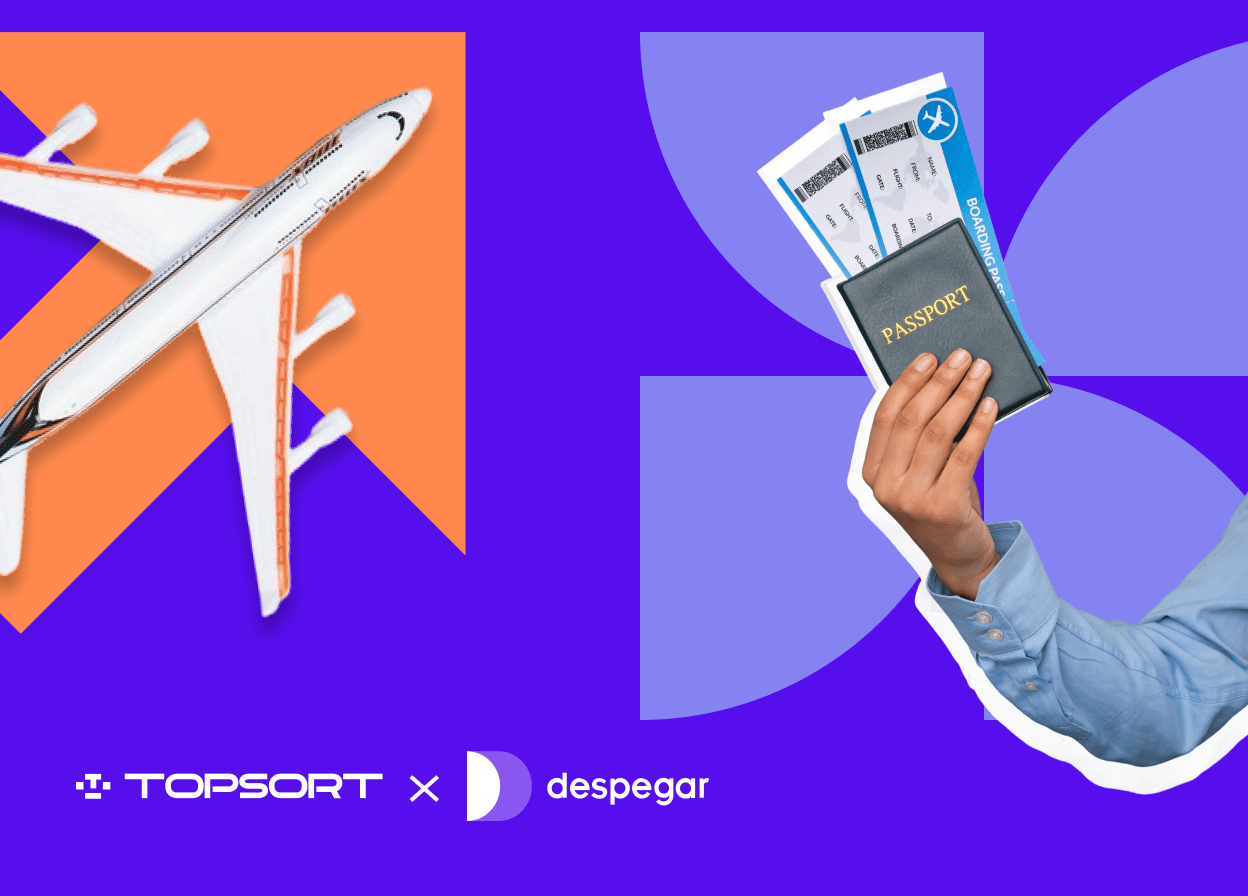
Despegar Engages 30M Travelers via Sponsored Listings

La Rebaja Pharmacy Rockets Ad Revenue 137%

Poshmark Powers 40% Ad Gains for Fashion Sellers

YouTravel Boosts Vendor Sales $35K
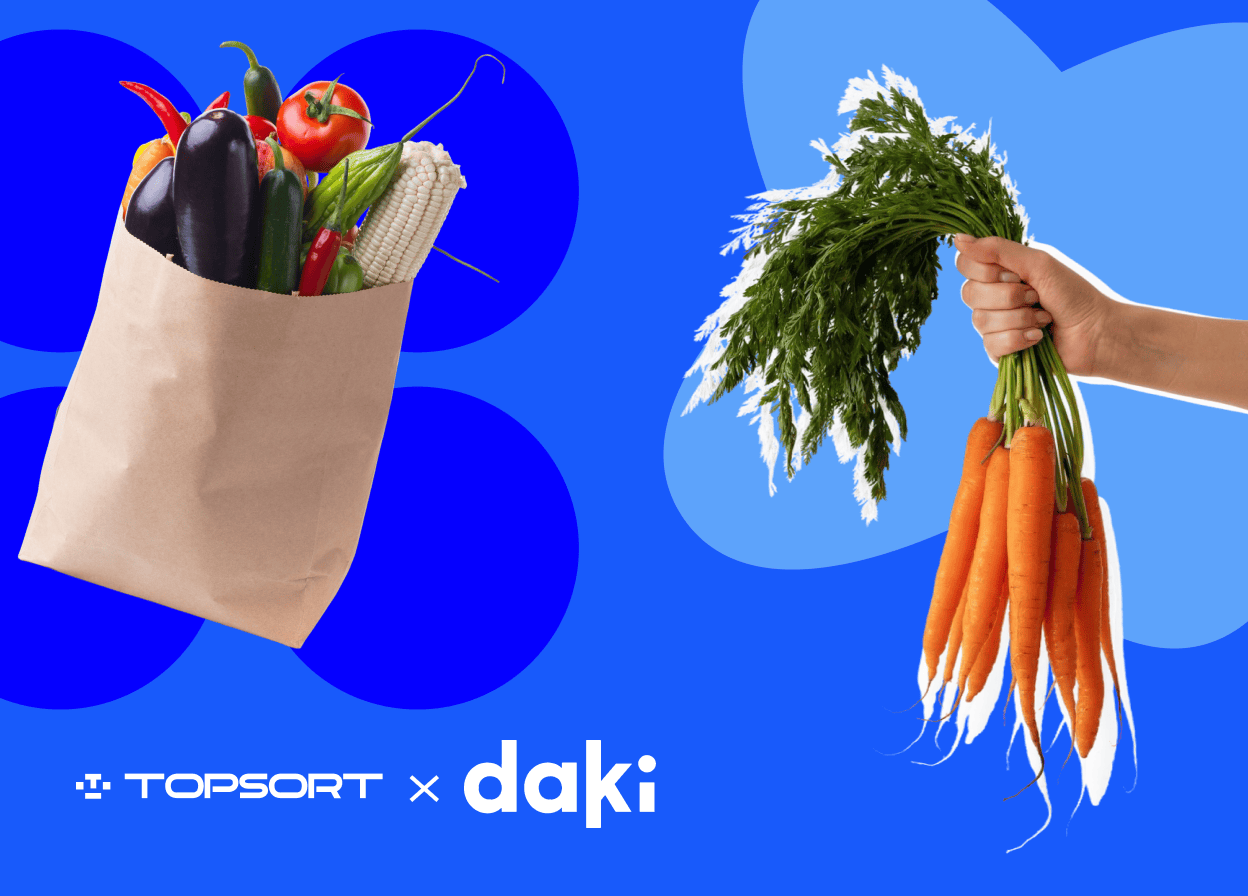
Daki, Delivery App, scales ad spend with sponsored listings
INSIGHTS BY EXPERTS
Learn From Leading
Voices In Retail Media
TOPSORT BLOG
Explore Industry Trends, Product Innovations, and Insider Stories
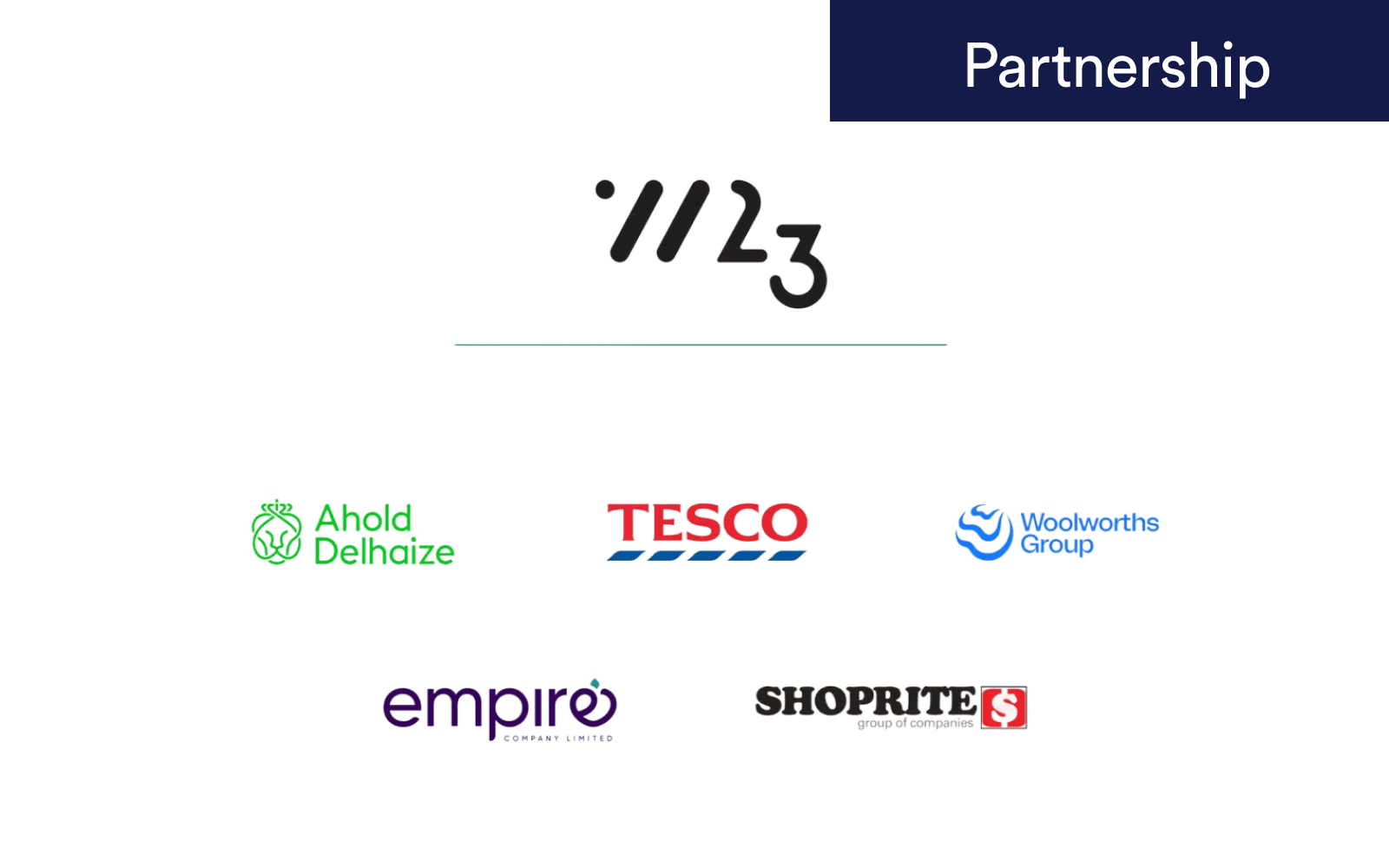
W23 Global is backed by Tesco (UK, ROI, Europe), Ahold Delhaize (US, Europe, Indonesia), Woolworths Group (Australia, New Zealand), Empire Company Limited/Sobeys Inc. (Canada) and Shoprite Group (Africa). Topsort is setting new global standards for how retailers, brands, and agencies activate, optimize, and measure retail media
Migrating a live advertising platform from one provider to another is one of the most high-stakes operations a marketplace can undertake. It's a complex process where even minor data inconsistencies can have devastating consequences.
Latest
NEWSROOM
Top News
From Topsort


